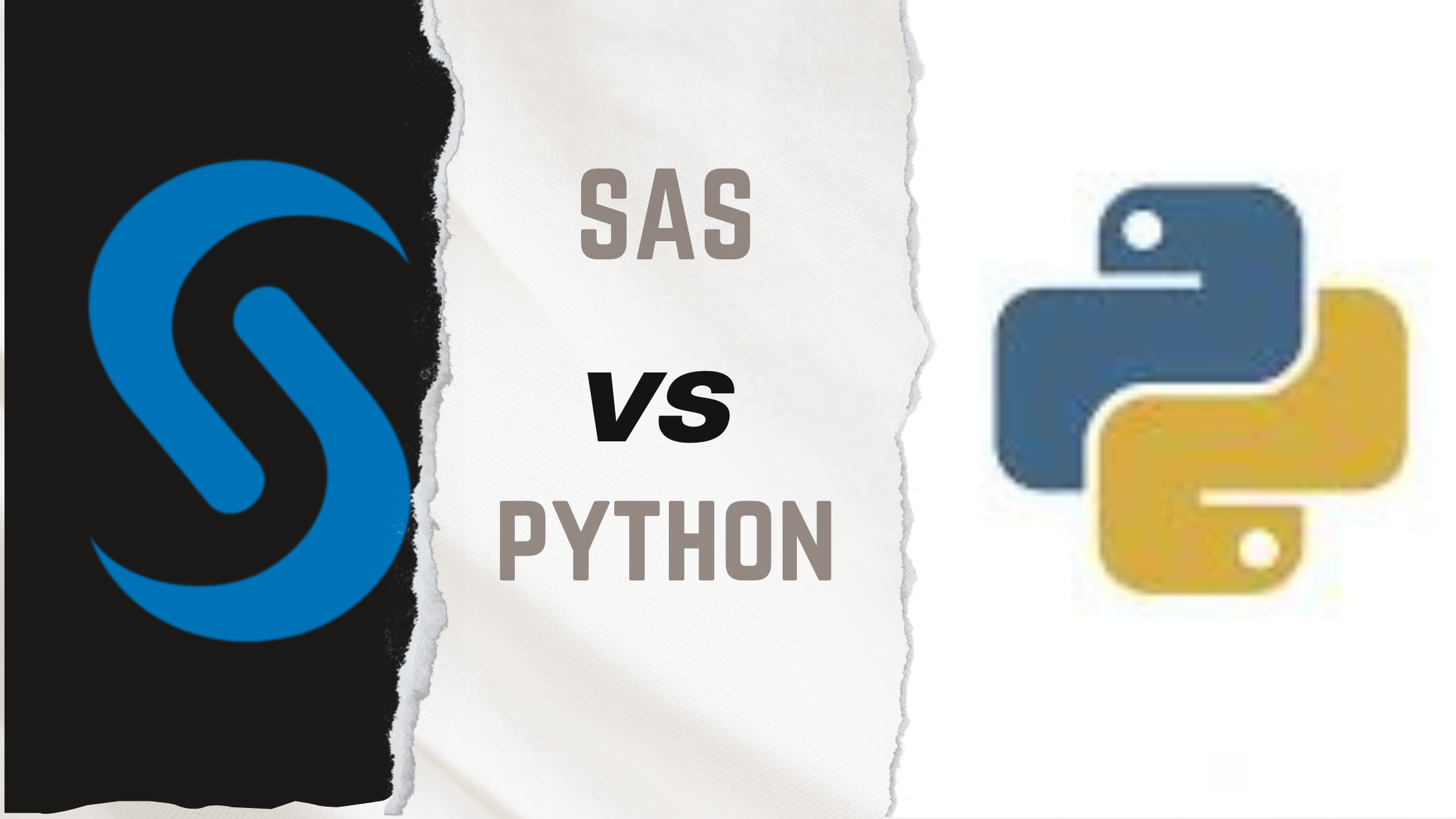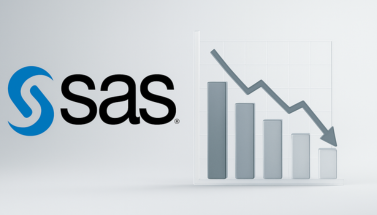
- by by Team Handson
- August 26, 2024
SAS vs. Python: Which Should You Learn First for a Career in Analytics?
Choosing the right programming language is one of the first big decisions you’ll face when starting a career in analytics. With SAS and Python being two of the most popular tools in the industry, many aspiring data professionals find themselves asking: Which should I learn first? The answer depends on your career goals, industry focus, and personal preferences. Let’s explore the strengths and differences between SAS and Python to help you make an informed decision.
1. Understanding SAS: The Legacy of Business Analytics
What is SAS?
SAS (Statistical Analysis System) is a software suite developed by SAS Institute for advanced analytics, multivariate analysis, business intelligence, and data management. Since its inception in the 1970s, SAS has become a staple in large organizations, particularly in sectors like finance, healthcare, and pharmaceuticals.
Why Learn SAS?
- Industry Standard in Certain Sectors: SAS is widely used in regulated industries like healthcare, finance, and government. If you plan to work in these sectors, SAS proficiency can be a significant advantage.
- Robust and Reliable: Known for its stability and powerful data handling capabilities, SAS is trusted for handling large datasets and complex statistical analyses.
- Comprehensive Support and Documentation: SAS comes with extensive official documentation and support, making it easier for beginners to learn and use.
Drawbacks of SAS
- Cost: SAS is a commercial software with expensive licensing fees, which can be a barrier for individuals and small businesses.
- Limited Open Source Flexibility: Unlike Python, SAS is not open-source, which means it lacks the flexibility and community-driven enhancements that open-source languages enjoy.
2. Exploring Python: The Versatile Data Science Language
What is Python?
Python is a high-level, general-purpose programming language that has gained immense popularity in the fields of data science, machine learning, and web development. Known for its simplicity and readability, Python is an excellent choice for beginners and experienced programmers alike.
Why Learn Python?
- Open Source and Free: Python is open-source and free to use, making it accessible to everyone, from students to large enterprises.
- Versatility: Python’s vast ecosystem of libraries (like Pandas, NumPy, and Scikit-learn) makes it ideal for data manipulation, analysis, and machine learning. It’s also used in web development, automation, and more.
- Community and Resources: With a large and active community, Python offers a wealth of resources, tutorials, and forums to help learners at all levels.
Drawbacks of Python
- Performance: While Python is versatile, it’s not always the fastest language, especially when dealing with very large datasets or complex algorithms.
- Steeper Learning Curve for Statistical Analysis: Unlike SAS, which is tailored for statistical analysis, Python requires additional libraries and knowledge to perform advanced statistical tasks.
3. Which Should You Learn First?
1. Consider Your Industry
- Healthcare, Finance, and Government: If your target industry heavily relies on SAS, it may be wise to start with SAS. Mastery of SAS can make you an attractive candidate for roles in these sectors.
- Tech, Startups, and Data Science: For those aiming for a career in tech, startups, or roles that involve machine learning and AI, Python is often the better choice. Its versatility and widespread use in these areas make it a must-learn tool.
2. Think About Your Long-Term Career Goals
- Specialization vs. Versatility: If you want to specialize in fields where SAS is dominant, learning SAS first could give you a competitive edge. However, if you’re looking for a versatile skill set that opens doors in various industries, Python is the way to go.
- Machine Learning and AI: Python is the preferred language for machine learning, AI, and data science. If these areas interest you, start with Python.
3. Learning Curve and Resources
- Ease of Learning: Python’s simple syntax makes it easier for beginners to pick up. SAS, while user-friendly for those focused on statistical analysis, might feel more rigid for those who want to explore beyond traditional analytics.
- Cost Considerations: If budget is a concern, Python is free and has a rich ecosystem of open-source tools. On the other hand, SAS requires a paid license, which might be prohibitive if you’re learning on your own.
4. Conclusion: Choose Based on Your Goals
In the battle between SAS and Python, there’s no definitive winner—only the language that best suits your career aspirations. If you’re aiming for a career in industries that rely heavily on statistical analysis and large datasets, SAS is a powerful tool that can set you apart. However, if you’re interested in a broader range of opportunities, including data science, machine learning, and AI, Python’s versatility and community support make it an excellent first choice.
Ultimately, many professionals find value in learning both languages. Starting with one doesn’t preclude mastering the other later in your career. By understanding the strengths and applications of each, you can make a strategic decision that aligns with your career goals and industry demands.
Whether you choose SAS, Python, or both, the key is to start learning and applying your knowledge. Analytics is a dynamic field, and the more tools you have at your disposal, the more equipped you’ll be to tackle the challenges and opportunities that come your way.






